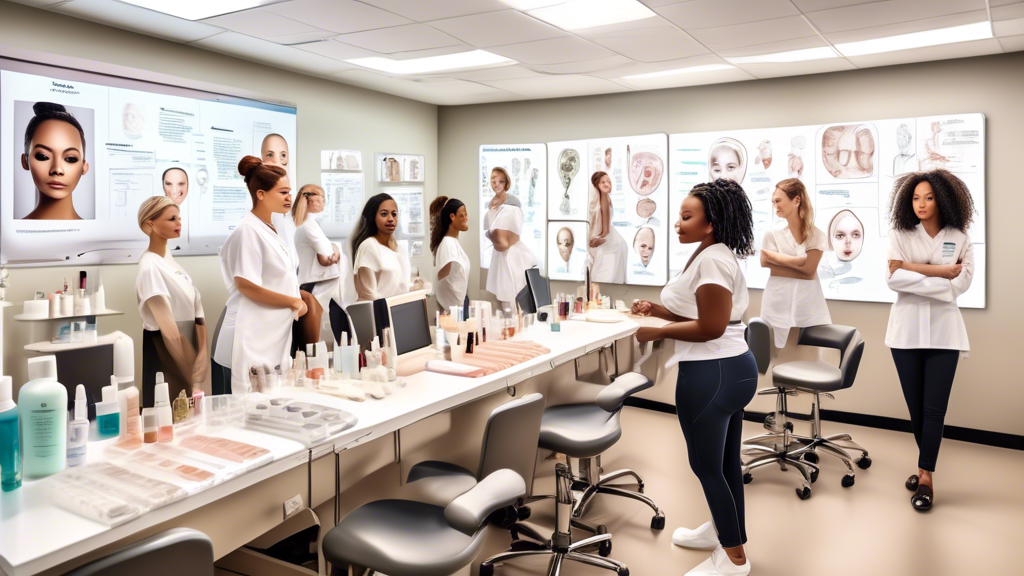Becoming a certified esthetician can open doors to a rewarding career in the beauty industry. From skincare treatments to makeup application, estheticians are highly skilled professionals dedicated to enhancing their clients' beauty and confidence. This guide will take you through the steps to obtain your esthetician certification and embark on a successful career in skincare.
Understanding the Role of an Esthetician
Before diving into the certification process, it's essential to understand what an esthetician does. Estheticians are experts in skincare, specializing in a variety of treatments such as facials, waxing, chemical peels, and microdermabrasion. They also provide advice on skincare regimens and often work in spas, salons, or dermatology offices.
Step 1: Research State Requirements
The first step to becoming a certified esthetician is to research the specific requirements for your state. Each state in the U.S. has its own set of rules and regulations governing esthetician licenses. Typically, state boards of cosmetology or health departments set these requirements.
- Minimum age requirement
- High school diploma or GED
- Completion of a state-approved esthetician training program
- A certain number of training hours, usually ranging from 500 to 1,500 hours
Step 2: Complete an Esthetician Training Program
Once you understand the requirements, the next step is enrolling in a state-approved esthetician training program. These programs are usually offered at beauty schools, vocational schools, and community colleges. The curriculum generally includes both theoretical knowledge and hands-on practical training in areas such as:
- Skincare techniques
- Human anatomy and physiology
- Sanitation and safety practices
- Client consultation and professional ethics
Make sure to choose a reputable program accredited by recognized organizations such as the National Accrediting Commission of Career Arts and Sciences (NACCAS).
Step 3: Gain Practical Experience
Many esthetician programs require students to complete a certain number of practical hours or an internship at a spa or salon. This hands-on experience is crucial as it allows you to apply the skills learned in the classroom in a real-world environment. Use this opportunity to build a portfolio and gather client testimonials, which can be valuable when seeking employment.
Step 4: Pass the State Licensing Exam
After completing the training program and required practical hours, you'll need to pass your state's licensing exam. The exam typically consists of two parts:
- Written Exam: This part tests your theoretical knowledge of skincare, safety practices, and state regulations.
- Practical Exam: This hands-on test assesses your ability to perform skincare treatments and sanitation practices correctly.
Study diligently and take advantage of any practice exams or study guides provided by your training program.
Step 5: Apply for Your License
Upon passing the state licensing exam, you can apply for your esthetician license. This typically involves submitting an application form, proof of completed training hours, and the exam results, along with a fee. Once approved, you will receive your esthetician license, officially allowing you to practice in your state.
Step 6: Continue Your Education
The beauty industry is constantly evolving, with new trends and technologies emerging regularly. To stay ahead and maintain your license, taking continuing education courses is essential. Many states require licensed estheticians to complete a certain number of continuing education hours for license renewal. These courses can also help you specialize in specific areas such as medical esthetics or advanced skincare treatments.
Conclusion
Obtaining your esthetician certification requires dedication, education, and hands-on experience. By following these steps and committing to ongoing learning, you can build a successful and fulfilling career in the dynamic field of skincare. Not only will you enhance your clients' beauty, but you will also contribute to their overall well-being and confidence.

